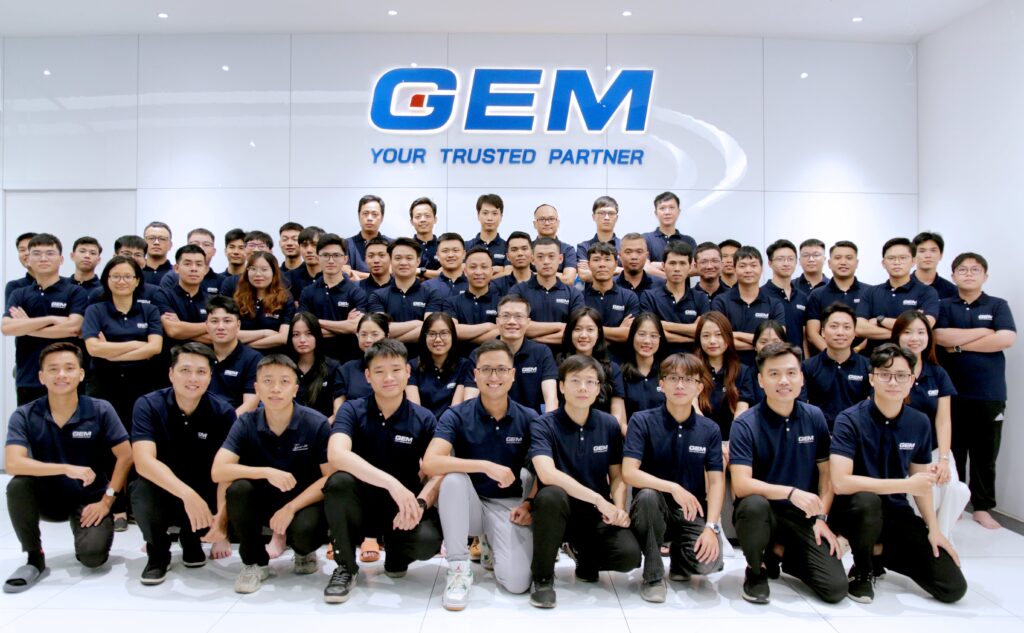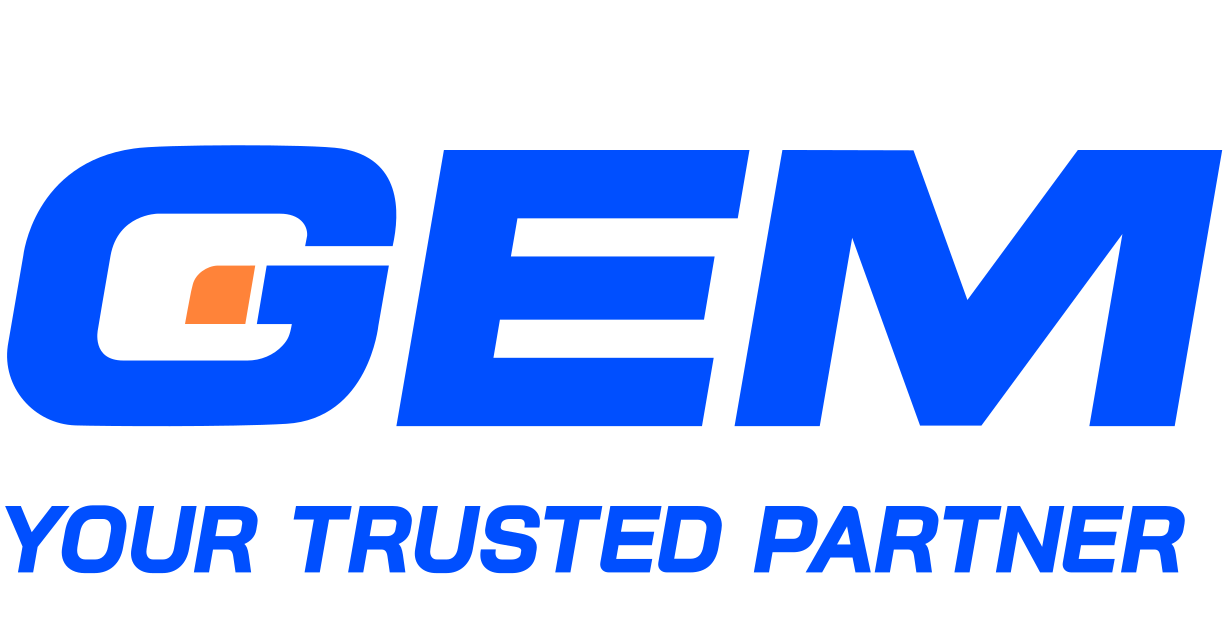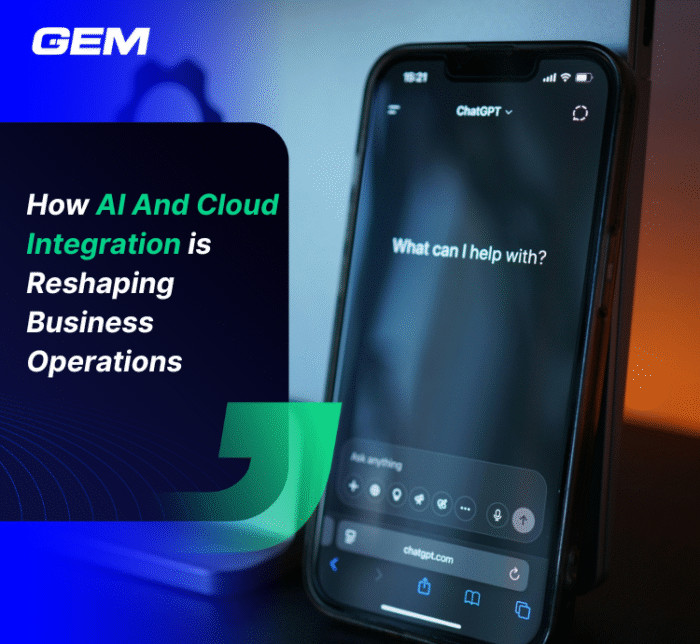Contents
- What is Nearshore Development Outsourcing?
- Core Attributes of Nearshore Outsourcing
- Strategic Benefits of Nearshore Software Development
- When to Consider Nearshore Outsourcing?
- Nearshore vs. Offshore vs. Onshore: A Comparative View
- Is Nearshore Software Development Right for You?
- Choosing The Right Nearshore Software Development Outsourcing Partner
- Making Nearshore Outsourcing Software Work in 2025
- GEM Corporation – Your Nearshore Development Outsourcing Partner
- Conclusion
Nearshore development outsourcing is gaining traction as companies rethink how they build and scale software teams. With shifting talent dynamics, rising delivery expectations, and a growing need for closer collaboration, many are turning to nearshoring as a more agile and resilient model. This article explores what’s driving demand in 2025, the key traits of successful partnerships, and how to assess if the model fits your goals. We’ll also walk through selection criteria, performance factors, and practical steps to make nearshoring work for your team. Here’s what to know before deciding how, and where, to grow your development capability.
What is Nearshore Development Outsourcing?

Nearshore development outsourcing is a strategy where companies hire software development teams in countries that are geographically close, typically within a few hours’ time difference. This model offers a balance between the cost savings of offshore outsourcing and the communication and collaboration advantages of onshore development, allowing for real-time communication, faster feedback loops, and cultural alignment without sacrificing quality. Companies use this approach to access skilled talent, reduce labor costs, and maintain better control over their projects.
Its relevance is growing fast. According to Mordor Intelligence, the global software development outsourcing market is projected to expand from USD 564.22 billion in 2025 to USD 897.44 billion by 2030, registering a compound annual growth rate of 9.73%. Nearshore models are a key contributor to that trajectory, especially as businesses seek delivery speed, AI-ready teams, and compliance with evolving data-residency policies.
Core Attributes of Nearshore Outsourcing

Nearshore outsourcing brings together operational efficiency with proximity advantages. Its defining characteristics include:
Geographic Proximity
Engagements are structured with teams based in neighboring countries or within the same regional economic zone. This shortens travel time, simplifies governance, and supports hybrid work models when needed.
Time Zone Overlap
With only minimal time difference between client and vendor, working hours align naturally. This makes real-time collaboration possible across sprint planning, code reviews, and incident response.
Cultural Alignment
Shared or adjacent cultural norms reduce friction across teams. High English proficiency and familiarity with Western business practices also support smoother communication, especially in agile environments.
Cost-Effectiveness
Nearshore delivery centers offer access to skilled engineers at competitive rates, particularly when compared to domestic hiring. Organizations gain flexibility in scaling without long-term overhead.
Faster Iterations
The integration of nearshore teams into daily stand-ups and sprint reviews helps accelerate feedback loops. This becomes especially important in product-driven environments where release cycles are short.
Lower Risk Exposure
Legal frameworks and data-regulation standards in nearshore regions often align closely with those of the client’s home market. For sectors with strict compliance needs, like BFSI or healthcare, this reduces exposure to regulatory delays.
Strategic Benefits of Nearshore Software Development

Nearshore software development supports businesses that require speed, flexibility, and greater operational control. Its advantages extend across technical execution, team integration, and budget alignment.
Faster Decision Cycles with Real-Time Collaboration
With overlapping work hours and aligned communication styles, nearshore teams can participate in daily stand-ups, sprint retrospectives, and roadmap discussions without delay. This supports faster decision-making across product and engineering teams.
Lower Total Cost of Ownership (TCO)
While not the lowest-cost model on paper, nearshoring often delivers stronger value over the full project lifecycle. Fewer delays, better communication, and reduced rework translate to lower long-term costs compared to fully offshore engagements.
Access to Highly Skilled, Regionally Aligned Talent
Many nearshore hubs have matured into established tech ecosystems, offering talent pools with deep experience in cloud-native development, AI integration, and enterprise-grade platforms. This regional alignment also supports compliance with local data and labor regulations.
More Control and Transparency
Proximity and cultural compatibility make it easier to set shared expectations, monitor progress, and adjust course mid-project. Teams are often reachable in real time, enabling tighter feedback loops and more responsive delivery.
Easier Integration with Agile, Product-Centric Teams
Nearshore squads can integrate directly into internal teams’ workflows, tools, and ceremonies. This alignment allows companies to maintain velocity and product focus without introducing unnecessary operational friction.
When to Consider Nearshore Outsourcing?

Nearshore outsourcing is a fit for companies looking to scale efficiently while maintaining visibility and speed. It is particularly effective in the following scenarios:
When Expanding Capacity
Organizations facing resource constraints can use nearshore teams to scale quickly without extending hiring cycles. This is especially effective for product launches, modernization programs, or innovation pilots that demand specific technical expertise.
To Reduce Costs
Nearshoring offers labor arbitrage benefits without the communication and rework overhead often associated with offshore models. For many mid-market firms, this makes it a cost-effective alternative to building in-house.
For Better Control
Compared to traditional offshore setups, nearshore outsourcing offers closer alignment on process, governance, and delivery cadence. Organizations gain higher visibility into day-to-day execution while still achieving operational leverage.
Nearshore vs. Offshore vs. Onshore: A Comparative View

As software development needs grow more complex and timelines tighten, choosing the right outsourcing model becomes a strategic decision. Each model – nearshore, offshore, and onshore – offers distinct trade-offs in cost, collaboration, and operational control.
1. Geographic Proximity & Time Zone Alignment
- Onshore: Teams are located in the same country or region as the client. There is full alignment in time zones, making collaboration seamless.
- Nearshore: Teams operate in a neighboring or nearby country, typically with a 1–3 hour time difference. This proximity supports real-time collaboration without the overhead of in-person staffing.
- Offshore: Teams are based in distant geographies, often 8 to 12 hours ahead or behind. Common locations include India, China, and Eastern Europe. Time zone differences can disrupt communication and extend feedback cycles.
2. Team Communication & Cultural Compatibility
- Onshore: High cultural alignment and native language fluency. Communication is straightforward with minimal risk of misunderstanding.
- Nearshore: Moderate to high cultural compatibility. For U.S. companies, Latin America shares similar work styles and English proficiency is strong among tech professionals. BairesDev and HatchWorks both emphasize cultural fit and communication as key selection criteria for their teams.
- Offshore: Wide variation in cultural norms, work habits, and communication styles. While language barriers have improved, they still present challenges, especially when working with distributed teams across Asia or Eastern Europe.
3. Cost Structure
According to HatchWorks, typical hourly rates are:
| Role | Onshore | Nearshore | Offshore |
| Senior Developer | $145-$175 | $65-$82 | $34-$76 |
| UX/UI Designer | $85-$130 | $48-$75 | $29-$71 |
| DevOps Engineer | $114-$148 | $59-$82 | $29-$79 |
| QA Engineer (Manual, Mid) | $100-$126 | $42-$59 | $22-$59 |
- Onshore: Highest labor and overhead costs. Often preferred for projects requiring highly sensitive data handling or ongoing in-person collaboration.
- Nearshore: 30% to 50% lower cost than U.S. equivalents. While more expensive than offshore, nearshore offers stronger ROI when factoring in speed, quality, and oversight.
- Offshore: Lowest direct hourly rates. Savings are offset by hidden costs – rework, longer delivery cycles, and the need for dedicated coordination resources.
4. Talent Availability & Scalability
- Onshore: Local hiring is limited by supply and salary inflation. Specialized roles, such as AI/ML or cloud-native engineers, are in short supply in many mature markets.
- Nearshore: Access to deep talent pools in Latin America. BairesDev reports over 2.2 million applicants annually, from which they select less than 1%, indicating both scale and selectivity. HatchWorks highlights the region’s investment in STEM education and digital infrastructure.
- Offshore: Broad access to technical labor in large markets like India, Vietnam, and Ukraine. Talent is abundant but attrition risk remains high, especially post-pandemic.
5. Project Delivery Speed & Flexibility
- Onshore: Easier to align teams and stakeholders, but talent shortages can delay staffing. Faster once teams are in place.
- Nearshore: Teams can be deployed in 2–4 weeks, with minimal ramp-up. According to BairesDev, nearshore teams often include senior engineers capable of contributing from day one.
- Offshore: Ramp-up times can be longer due to coordination challenges and time zone gaps. Delivery may slow if teams require more oversight.
6. Risk, Oversight & Governance
- Onshore: Highest level of control, with direct oversight and legal jurisdiction. Suitable for regulated sectors or projects involving sensitive data.
- Nearshore: Lower operational risk than offshore. Time zone alignment, regional legal frameworks (e.g., USMCA), and cultural familiarity all support stronger governance and transparency.
- Offshore: Greater exposure to IP risks, miscommunication, and delivery slippage, particularly when working across jurisdictions with different regulatory standards.
Summary Table
| Factor | Onshore | Nearshore | Offshore |
| Time Zone Alignment | Full | 1-3 hours difference | 8-12 hours difference |
| Cultural Compatibility | High | Moderate to High | Low to Moderate |
| Communication Ease | Native Language | High English proficiency | Variable |
| Cost Efficiency | Low | Medium-High | High |
| Talent Availability | Limited | High (LATAM) | High (Asia, Eastern Europe) |
| Scalability | Moderate | High | High |
| Delivery Speed | High (once staffed) | High | Variable |
| Oversight & Risk Control | High | High | Medium to Low |
Is Nearshore Software Development Right for You?

Nearshore software development can offer tangible advantages, but it’s not automatically the right fit for every organization. Before committing to a nearshore model, it’s important to evaluate internal readiness, strategic alignment, and long-term goals. The following checklist can help guide that assessment:
- Are You Open to External Collaboration?
Working with a nearshore development partner requires more than just contracting out tasks. It’s a collaborative engagement. If your organization is comfortable sharing ownership of the development process and views external teams as strategic partners, then nearshoring can be a strong fit. If internal alignment around this model is lacking, the partnership may struggle to deliver value.
- Does Your Executive Team Support Outsourcing as a Growth Lever?
Successful nearshore engagements depend on top-down endorsement. If your leadership team treats outsourcing as a temporary cost-cutting tool rather than a strategic capability, you may encounter resistance during implementation. When nearshoring is viewed as a business enabler, particularly for product delivery, speed-to-market, or talent acquisition, it can drive measurable results.
- Do You Have Operational Structures to Support Integration?
Nearshore teams often work closely with in-house stakeholders. This means your internal structure should support hybrid collaboration. Product managers, engineering leads, and QA teams should be ready to operate in shared sprints, provide timely feedback, and uphold delivery timelines. A lack of internal engagement can slow progress, dilute accountability, and affect performance.
- Is Real-Time Communication Important to Your Delivery Model?
If your team relies on frequent iteration, agile ceremonies, or quick decision loops, nearshoring is structurally better suited than offshore alternatives. Overlapping work hours and cultural alignment minimize coordination risk and support faster resolution cycles. If your delivery model tolerates asynchronous workflows, you may still consider offshore, but the trade-offs will be different.
- Are You Struggling to Find or Retain Local Talent?
The U.S. and Western Europe continue to face a shortage of senior engineers, especially in areas like AI, cloud-native development, and DevOps. If your hiring cycles are stretching into months, or if turnover is slowing progress, nearshore delivery can give you access to a broader talent pool without compromising on quality or collaboration.
Choosing The Right Nearshore Software Development Outsourcing Partner

Selecting a nearshore partner is a strategic decision that shapes not only how software is delivered, but how effectively teams collaborate across borders. A structured evaluation framework can help de-risk selection and align expectations early.
Evaluation framework:
Technical Expertise and Domain Experience
Look for a partner with proven capability in your technology stack and familiarity with your industry. For example, if your organization operates in FinTech, assess whether the vendor has delivered projects requiring regulatory compliance, transaction security, or digital payments infrastructure. Domain fluency translates into faster onboarding and fewer missteps during development.
Delivery Model and Infrastructure
Examine how the partner structures engagements, whether through staff augmentation, dedicated teams, or outcome-based projects. Ask about their onboarding speed, team composition, and ability to scale. Assess whether they follow agile, DevOps, or hybrid models, and whether their infrastructure supports CI/CD pipelines, automated testing, and secure code delivery.
Language and Cultural Fit
Real-time collaboration depends on more than time zone overlap. English proficiency, shared work ethics, and communication norms are equally important. Many Latin American partners, for instance, emphasize cultural alignment with U.S. teams – a factor that often leads to smoother integration.
Security Posture and Certifications
As security risks escalate, it is essential that your nearshore partner follows rigorous protocols. Look for SOC 2, ISO 27001, or GDPR compliance, and ask detailed questions about data protection, access control, and vulnerability management. A strong security culture should be evident in both policy and practice.
Referenceability and Client History
Review case studies, request references, and ask about project continuity. Reliable partners will be transparent about client retention rates, average engagement lengths, and lessons learned from past work. This history offers insight into how they manage expectations and navigate delivery challenges.
Considerations for Pilot Projects and Phased Engagements
Start with a defined pilot, such as a feature sprint, a prototype, or a discrete module. This gives both sides a chance to evaluate communication, technical quality, and delivery process. From there, expand in phases based on performance, not assumption. Phased engagements reduce risk and make scaling more predictable.
Making Nearshore Outsourcing Software Work in 2025

Effective nearshore outsourcing in 2025 requires more than filling talent gaps. It’s about creating collaborative systems where distributed teams can deliver at velocity, adapt to change, and contribute to long-term outcomes. To achieve that, onboarding, governance, and performance tracking need to be intentional from day one.
Best Practices for Onboarding and Integration
- Align roles, responsibilities, and communication channels upfront.
- Introduce nearshore team members to product managers, designers, and QA early to avoid siloed execution.
- Use a shared onboarding checklist to streamline access to codebases, documentation, and internal tools.
Communication and Project Governance Tools
- Adopt platforms that support asynchronous updates and real-time collaboration. Tools like Slack, Jira, Confluence, and GitHub should be part of the core workflow.
- Establish a cadence of weekly demos, sprint reviews, and retrospectives that include both in-house and nearshore contributors.
- Use working agreements to define response times, meeting etiquette, and escalation paths.
KPIs to Monitor During the Engagement
- Sprint velocity and delivery consistency
- Defect rate and time to resolution
- Code quality metrics (e.g., test coverage, pull request cycle time)
- Team satisfaction and retention
- Business impact indicators (e.g., time to market, feature adoption)
Frameworks for Continuous Delivery and Feedback
- Embed nearshore teams into your CI/CD pipeline from the start.
- Use feature flags and staging environments to test safely across geographies.
- Collect feedback continuously, both through sprint retrospectives and structured check-ins with product and engineering leaders.
Building Long-Term Partnerships vs. Transactional Outsourcing
While it’s tempting to treat outsourcing as a short-term cost lever, the nearshore model performs best when partners are treated as extensions of your internal team. Invest in long-term collaboration by:
- Sharing roadmap visibility
- Involving partners in architecture decisions
- Co-investing in upskilling and joint innovation
GEM Corporation – Your Nearshore Development Outsourcing Partner

GEM Corporation is a global technology consultancy and software engineering firm that has delivered over 300 projects across 10+ markets since 2014. With a team of 500+ experienced professionals, we work at the intersection of digital strategy, enterprise architecture, and product development. Our clients span Japan, ANZ, Asia, the EU and the US, supporting them through strategic advisory, end-to-end product development, and AI-driven innovation. GEM combines technical depth with delivery discipline to help organizations modernize systems, launch new platforms, and scale digital capabilities. Our teams are built around high-performance mindsets, distributed collaboration, and a commitment to engineering excellence.
Our nearshore development outsourcing services are built for integration, not isolation. Delivery hubs across Vietnam and Southeast Asia provide geographic proximity and time zone alignment with key global markets, supporting real-time collaboration and agile delivery cycles. We offer flexible engagement models, ranging from dedicated squads and team extension to managed outcomes, designed to embed seamlessly into client roadmaps and workflows. GEM teams operate with high English proficiency and shared delivery culture, giving clients access to scalable talent without compromising velocity, visibility, or product integrity.
Conclusion
Nearshore development outsourcing is shifting from a cost-driven tactic to a strategic lever for scaling software delivery. Companies are reassessing how proximity, cultural fit, and real-time collaboration contribute to product quality and team performance. As delivery expectations rise, the ability to integrate nearshore teams into core operations will shape long-term outcomes. GEM works with global organizations to structure these partnerships with clarity and execution discipline. Contact our team to discuss how nearshore delivery can support your roadmap.





